Society for Neuroscience 2025
|
November 15-19, 2025
|
|
|
San Diego Convention Center
|
WE’RE EXHIBITING!
Visit Harvard Bioscience at booth #1928 to get an up-close look at solutions designed to help you make groundbreaking discoveries in neuroscience.
- Incub8™ Multiwell MEA System: Take your in vitro research further. The Incub8 system is the first MEA platform to combine optical and electrophysiological assessment in a single recording. That means more reliable data, reduced consumable and compound use, and significant time savings. With the ability to record from up to 768 samples at once — inside an incubator, on the bench, or under a microscope — Incub8 offers unmatched throughput and flexibility for labs with all levels of throughput needs.
- SoHo™ Telemetry System: The SoHo telemetry platform enables real-time measurement of physiological endpoints now including biopotentials (EEG, EMG, and ECG) in small animal models. Integrated with the Company’s industry-leading Ponemah™ data management platform, the SoHo telemetry system allows users to collect, manage, analyze and report findings from multiple concurrent small animal models in a shared housing environment, ensuring precision and reliability in behavioral and neurophysiological experiments. In addition, the SoHo solution allows data to be collected over longer time periods and opens exciting new opportunities for longitudinal studies.
- Mesh MEA: Record electrophysiological data from inside an organoid without damaging its structure for the first time. This microelectrode array (MEA) platform continues to gain traction among the scientific and therapy development communities, and unlike traditional technologies, it captures electrophysiology signals from inside the organoid in real time, providing researchers with exciting new insights into complex neural dynamics and brain disorders.
- EPC 10 USB 3.0 Patch Clamp Amplifier: This new family of amplifiers support the recording of rapid events such as ion channel activation kinetics, high-frequency single-channel flickering, and nanopore currents.
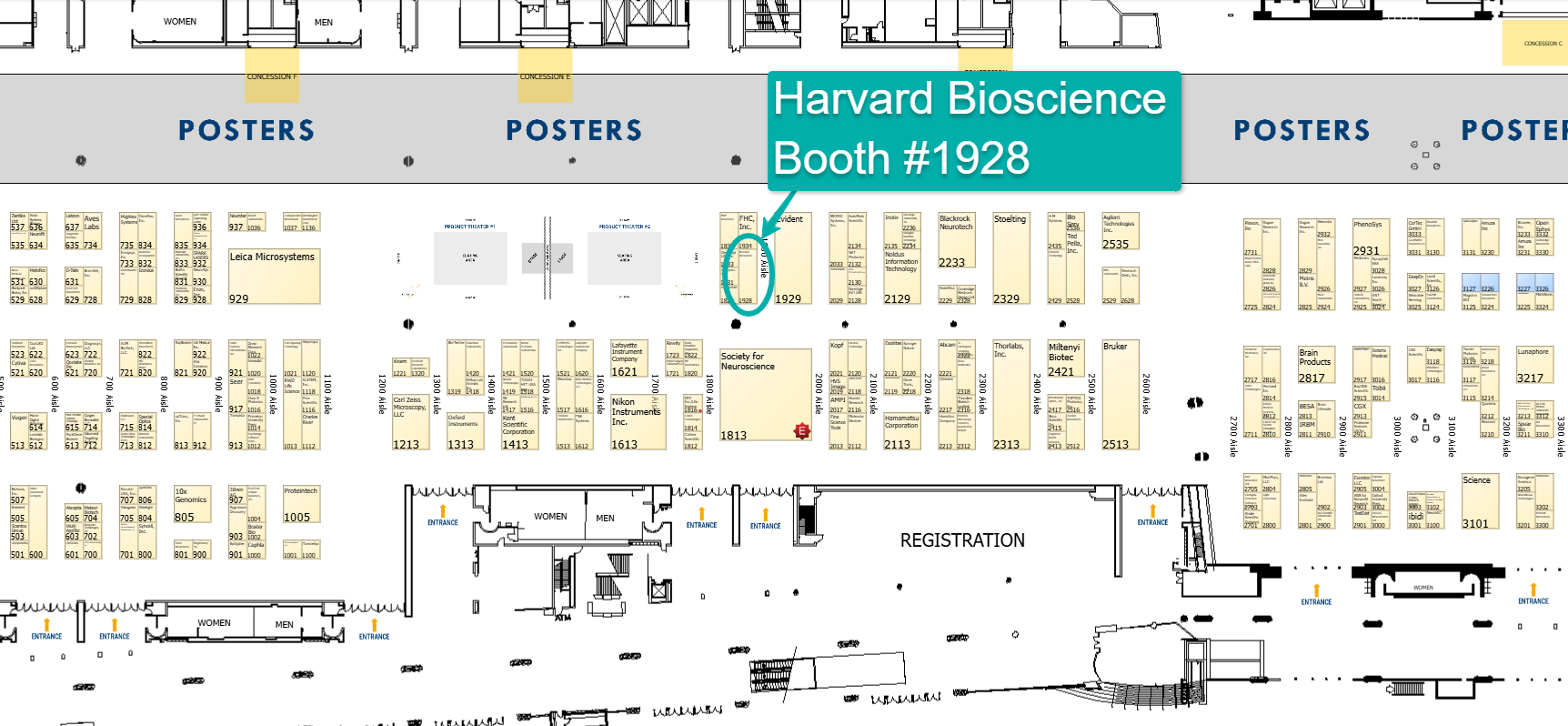
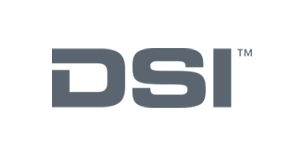
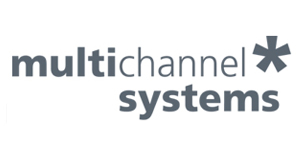


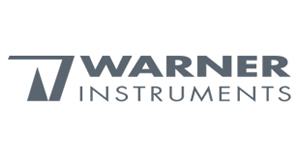
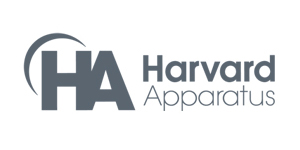
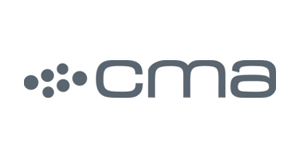
Meet a Mesh MEA researcher!
Poster Session: The use of Mesh MEA to illuminate how loss and corruption of prion protein roles contribute to human prion disease pathogenesis.
Presenter: Simote Foliaki, PhD
Date: Tuesday, November 18, 2025
Time: 10:00 a.m. - 11:00 a.m.
Poster number: LBP152
See how Mesh MEA was used to evaluate neuronal network function in human cerebral organoids (COs).
Meet & Greet with Simote Foliaki, PhD
Date: Tuesday, November 18, 2025
Time: 1:00 p.m. - 3:00 p.m.
Location: Harvard Bioscience Booth #1928
Visit the Harvard Bioscience booth after Dr. Foliaki's presentation to learn more about his work with PrPC and prion disease, and how he used Mesh MEA in his organoid electrophysiology work.
From in vitro to in vivo, we’ve got you covered.
Implantable Telemetry
NEW! SoHo™ Telemetry System
Maximize lab efficiency with this compact, flexible system, featuring an extended transmission range that helps free up valuable space. SoHo enhances animal welfare by enabling group housing with an implant profile optimized for animal comfort. With SoHo, your system can easily scale as your research grows, allowing you to monitor up to 64 socially housed animals in one environment. Learn more.
DSI Telemetry Implants
Collect stress-free, continuous data from conscious, freely moving animals, improving both research outcomes and animal welfare. With wireless monitoring of key physiological endpoints like EEG, EMG, blood pressure, and more, you can collect high-quality data without invasive procedures. Learn more.
Multielectrode Array (MEA) Technology
NEW! Incub8™ Multiwell MEA System
Incub8™ is the first microelectrode array (MEA) system that allows for optical and electrophysiological data in a single recording, allowing researchers to cross-validate results and giving them a more complete view of cellular events. This means stronger, more reliable conclusions, and improved predictive value for drug screening and mechanistic research. It's also the first multiwell MEA system that can record from inside a humidified CO₂ incubator. Learn more.
Mesh MEA
Classic 2D microelectrode arrays can cause organoids to deform, impacting their morphology and compromising the validity of the data. Our novel Mesh MEA platform mitigates these experimental challenges by preventing structural deformations and permitting the recording of electrical data from the inner sections of self-organizing 3D cultured organoids. Learn more.
Behavior and Microdialysis
Panlab Behavior
Quantify complex behaviors with precision across domains like memory, emotion, and social interaction. Flexible systems deliver reproducible data while supporting high-throughput, long-term activity monitoring. Learn more.
Video Tracking from Panlab
Capture real-time biochemical changes with continuous sampling of neurotransmitters, metabolites, and drugs. Integrated probes, pumps, and analyzers provide high-resolution insight into brain function and pharmacological effects. Learn more.
Patch Clamp Equipment
NEW! EPC 10 USB 3.0
Get a sneak preview of the newest EPC 10 before it launches. Fully software-controlled and with an integrated data acquisition interface, the EPC 10 USB 3.0 is a family of versatile amplifiers that allow for multiple simultaneous patch clamp recordings. New trace processing methods facilitate leak subtraction, capacitance transient correction, data masking, hum subtraction, and baseline correction. Learn more.
Warner Instruments Patch Clamp Accessories
If we’re known for one thing, it’s quality. Whether you’re building your first rig or adding on to an existing setup, see some of Warner’s industry leading chambers and accessories and let our expert electrophysiologists help you design your patch clamp rig. Learn more.
See you in San Diego!
Follow us on LinkedIn to get the latest updates from Harvard Bioscience.
Follow Us on LinkedIn